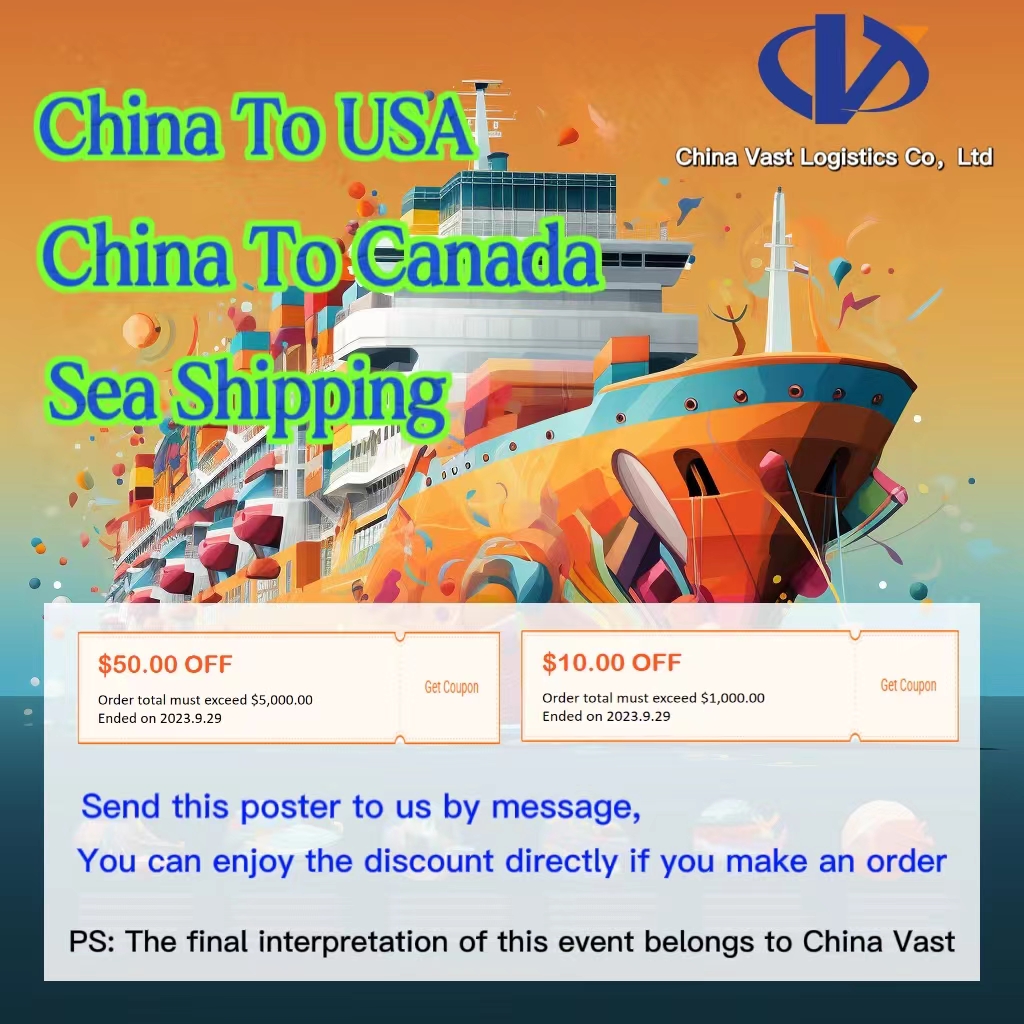
Moreover, air freight offers a high level of security, which can be a critical factor in some scenarios. For instance, for precious, fragile, or urgent items, air freight can ensure they arrive at their destination intact. Furthermore, in some international trade cases, given the extended time and piracy risks associated with sea transport, air freight becomes a safer choice.
Overall, the fast, secure, and punctual characteristics of air freight make it the top choice for an increasing number of businesses and consumers. By shortening the delivery time, accelerating capital turnover and circulation, air freight plays a crucial role in driving the logistics supply chain, further promoting the development of global trade.
As an Amazon seller, understanding the intricacies of international air freight is vital. Here are key points every seller should master:

Commodity Classification: Goods need to be classified according to their nature, use, and characteristics. Different product classifications can affect transportation methods, procedural documents, and costs.
Packaging Requirements: In international air freight, packaging is essential for the safety of the goods and the transportation costs. Proper packaging can prevent damage or deformation during transport.
Transportation Modes: International air transport can be divided into direct flights and transit flights. Direct flights are typically faster but more expensive. Transit flights are cheaper but require extra time and considerations, like checking import restrictions of the destination country, ensuring the packing list matches the physical goods during transit.

Air Freight Documentation: Different countries and regions may have varying import requirements, including the value of the goods, certificates of origin, export licenses, etc. Sellers should understand the regulations of the destination country and prepare the appropriate documents.
Freight Calculation: Freight is usually based on the weight, volume, mode of transportation, origin, and destination of the goods. Sellers should understand the advantages and disadvantages of different transportation methods and balance costs and benefits.
Booking Air Freight: Sellers should book air freight in advance to get better prices and services. For bulk goods or long-term transportation, sellers can consider signing a contract with the shipping company for additional discounts and benefits.

Air Freight Insurance: Although good packaging and various measures are taken to ensure the safety of the goods, accidents can still occur during transport. Sellers should consider purchasing additional air freight insurance to mitigate loss risks.
The structure of air freight charges typically consists of the following aspects:
Basic Freight: Basic freight refers to the fundamental transportation cost calculated based on the weight or volume of the goods. Different airlines may have different basic freight fees, and the specific charging standards may vary based on the nature of the goods and the distance to the destination.
Fuel Surcharge: The fuel surcharge is an additional cost due to fluctuations in international oil prices. As the change in fuel prices is unpredictable, the fuel surcharge also varies.


Welcome to CHINA VAST GROUP, a distinguished enterprise established in 2005. As a leading supplier in China, we specialize in international logistics and trade with a commitment to innovation, mutual benefit, and win-win partnerships. We operate through four principal divisions: CHINA VAST LOGISTICS CO., LTD., WELLUCKY INTERNATIONAL TRADING CO., LTD., VASTFORTUNE STORAGE AND TRANSPORTATION CO., LTD. and VASTREACH SUPPLY CHAIN CO., LTD. Each dedicated to excellence in their fields.
